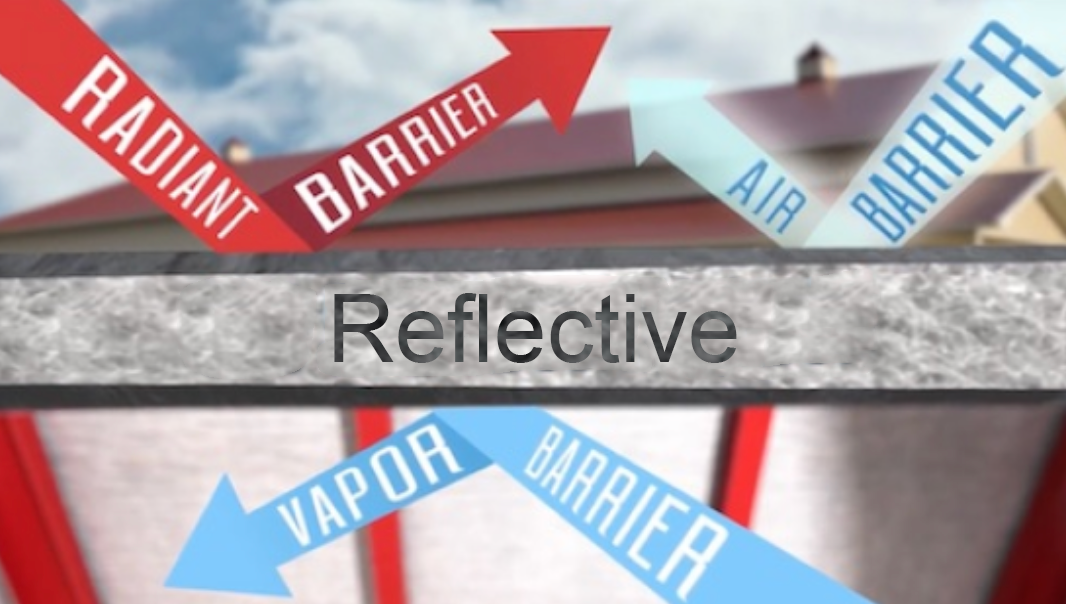Introduction
When it comes to achieving optimal energy efficiency, thermal comfort, and building longevity, insulation is an essential element of the construction equation. However, it’s not enough to merely install insulation materials on your walls, roof, or floor. The continuity of the insulation barrier is paramount for insulation to perform at its best. In this in-depth article, we’ll delve into the crucial importance of a continuous insulation barrier in buildings, exploring its various facets, benefits, and best practices.
Understanding the Continuous Insulation Barrier
A continuous insulation barrier, often referred to as “CI” in the construction industry, is a seamless layer of insulation that envelops the building envelope. Unlike intermittent or spot insulation, a continuous insulation barrier is unbroken and effectively covers the entire surface area of a structure. This approach is critical for several reasons.
1. Elimination of Thermal Bridging
One of the primary purposes of continuous insulation is to eliminate thermal bridging. Thermal bridging occurs when heat is conducted through building materials that are less insulating than the rest of the wall or roof assembly. Common culprits include structural elements like steel or concrete. When these materials are exposed to the exterior and interior, they create a path for heat to escape or infiltrate the building. Continuous insulation circumvents this issue by providing an uninterrupted thermal break.
2. Consistent Energy Efficiency
Continuous insulation ensures that the insulation barrier’s R-value, which measures its thermal resistance, remains consistent across the entire building envelope. This consistency is essential for maintaining energy efficiency, as it prevents significant temperature differences between different sections of the building. In turn, it reduces the energy required for heating or cooling, resulting in lower utility bills.
3. Enhanced Indoor Comfort
A continuous insulation barrier helps maintain consistent indoor temperatures. This creates a more comfortable living or working environment for building occupants. Without temperature fluctuations, occupants can enjoy a stable, pleasant atmosphere year-round, contributing to overall well-being.
4. Condensation Control
Moisture management is another critical aspect of a continuous insulation barrier. Without gaps or voids in the insulation layer, the risk of condensation within wall or roof cavities is reduced. This is crucial for preventing mold and mildew growth, maintaining indoor air quality, and preserving the structural integrity of the building.
5. Structural Integrity
Continuous insulation also contributes to the structural integrity of the building. It shields the structural elements from extreme temperature variations and moisture infiltration, which can otherwise compromise their durability over time.
Best Practices for Achieving a Continuous Insulation Barrier
- Professional Installation: For the best results, it is recommended to have continuous insulation installed by experienced professionals. They can ensure that the insulation is applied correctly and that there are no gaps or voids.
- Sealing Joints and Penetrations: It’s important to properly seal joints, seams, and penetrations in the building envelope. This includes using air and vapor barriers to prevent any gaps that could interrupt the continuity of the insulation.
- Selecting the Right Insulation Material: The choice of insulation material matters. Some materials are better suited for continuous insulation due to their structural and thermal performance.
- Adherence to Building Codes: Compliance with local building codes and standards is crucial to ensuring that your continuous insulation barrier meets the necessary requirements.
Conclusion
A continuous insulation barrier is an indispensable component of energy-efficient, comfortable, and structurally sound buildings. By eliminating thermal bridging, maintaining consistent energy efficiency, and controlling condensation, it enhances indoor comfort and the long-term performance of the structure. To reap the full benefits of continuous insulation, it’s vital to follow best practices, seek professional expertise, and adhere to relevant building codes. In doing so, you can create a building envelope that is well-equipped to withstand the challenges of varying climates while keeping occupants comfortable and energy costs in check.

